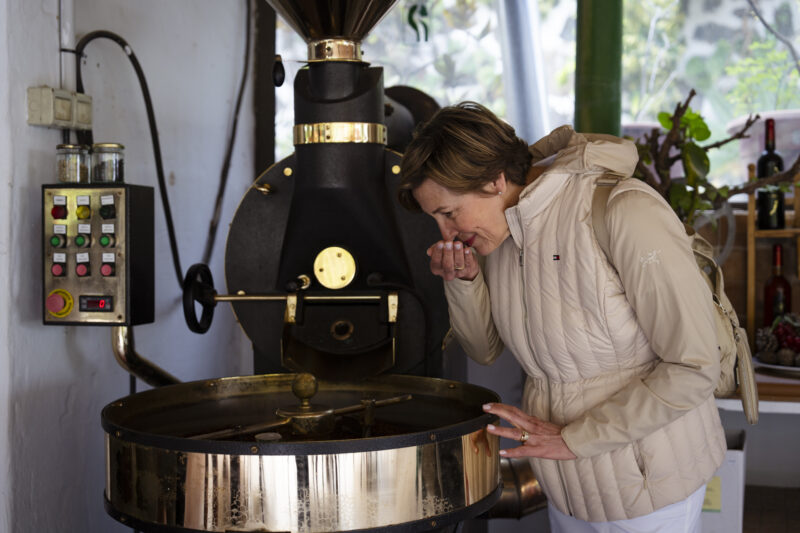8 experiences not to miss in Gran Canaria
Time to seek out local products and crafts in beautiful Gran Canaria. We will visit markets, fincas, a distillery and one of the best ceramic artists on the island.
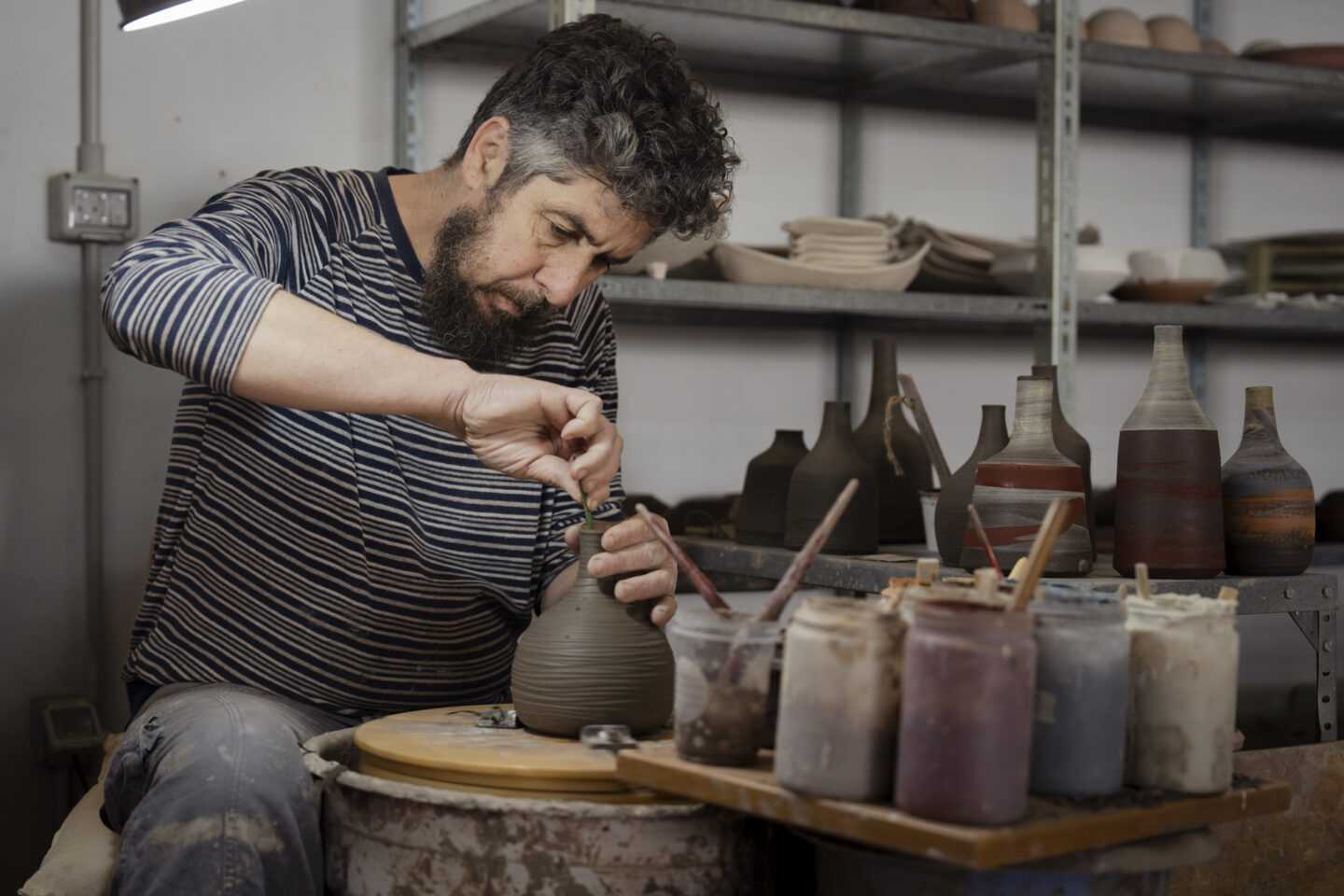
Experience 1: Las Palmas, Mercado de Vegueta
If you love going to the market, don't miss the Mercado de Vegueta in Las Palmas. Enjoy the beautifully displayed produce as you make your way through the crowds inside the pink building. Here you will find everything you need to prepare a delicious meal.
Churreria Nostra Señora
Start your visit to the Mercado de Vegueta with delicious churros and chocolate at the Churreria Nostra Señora. Churros are long fritters sprinkled with cinnamon and sugar. They are dipped in a cup of warm melted chocolate. The almost sinful treat is one of the most typical breakfasts or snacks in Spanish culture.
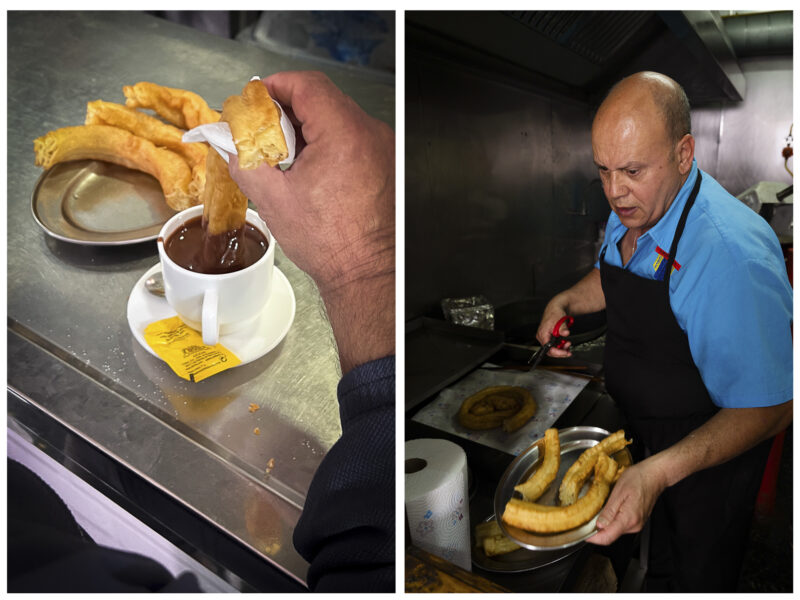
Ibéricos en Canarias by Geovany Almanza
If you are a lover of Iberian ham, you have come to the right place at Ibéricos and Canarias by Geovany Almanza. You can choose from hand-cut portions or whole pieces of ham. There are three quality labels: green, red and black. The black label indicates ham from Pata Negra pigs fed 100% acorns. This is the most sought-after type of Iberian ham. Geovany Almanza has spent years researching the process of making the best ham in the world.
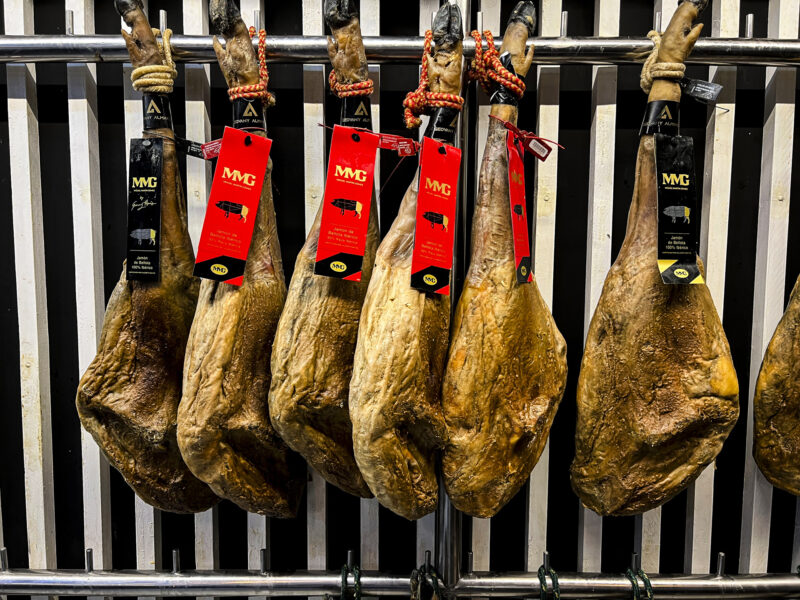
Sabores de Gran Canaria
Visit Sabores de Gran Canaria for a wide selection of local oils, vinegars, honey, biscuits and jams. It is the ideal place to take home a souvenir of your wonderful trip.
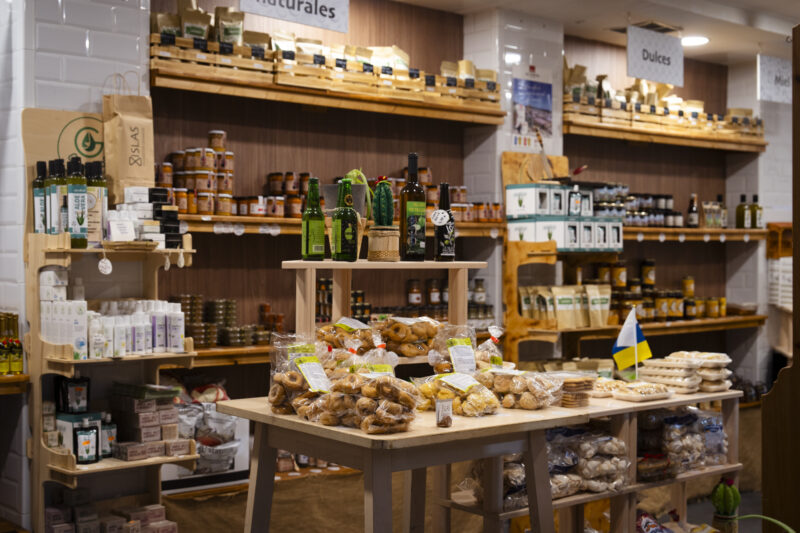
Fruits and vegetables at José and Alicia's
José Quintana grew up in his grandfather's and father's fruit and vegetable stand. There is an abundance of locally grown fruits and vegetables in the Canary Islands, and José presents them to his customers at their best. He lets me taste guava, tangerine, apple banana and fire banana. All of them are deliciously juicy and aromatic.
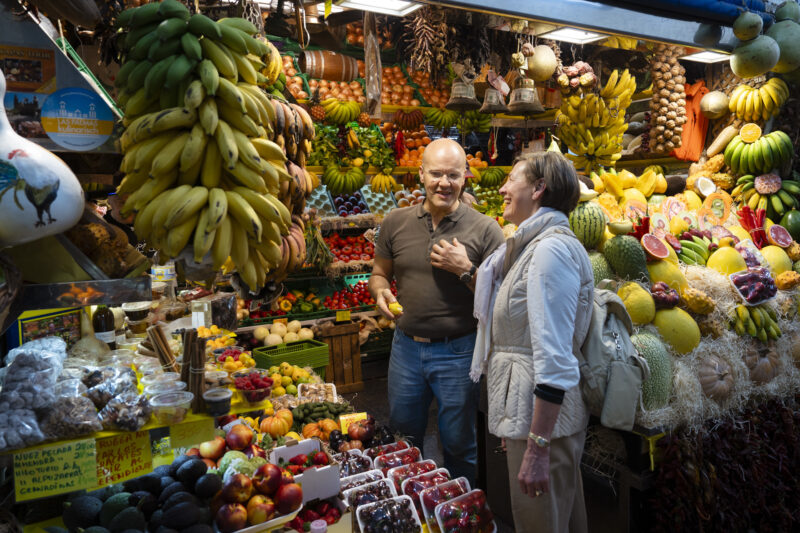
After tasting and chatting with José Quintana, we continue to explore the Mercado de Vegueta. There is a nice selection of local cheeses like Queso de Flor de Guia. The butchers have wonderful cuts of meat on display, as well as locally raised chickens and rabbits. The fish stands are simply amazing. Great fish and seafood fresh from the sea including chernia, sama, bonito, clams, mussels and calamares are beautifully presented.
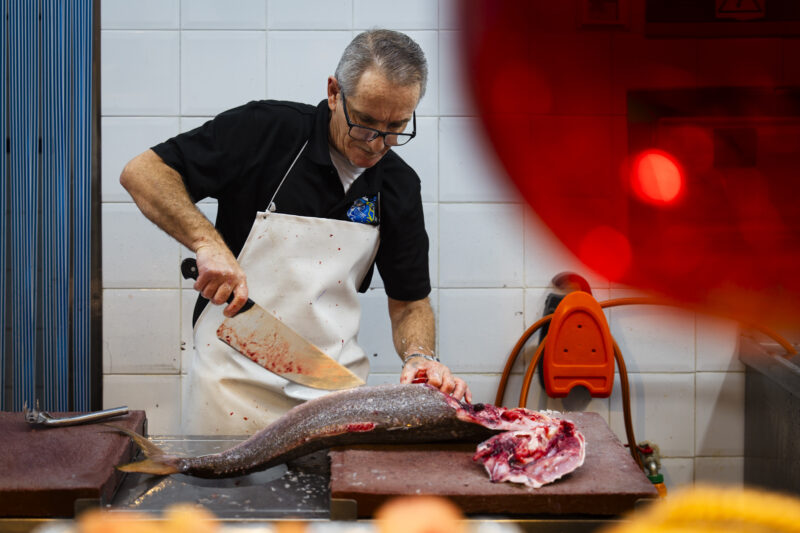
Experience 2: Las Palmas, FEDAC store
Time to go shopping! The destination is the store of the FEDAC organization. This autonomous association was created to preserve and develop the handicrafts of Gran Canaria. FEDAC centralizes the work of local craftsmen and artists in one shop. It is located in the Triana district of Las Palmas. Here you can find jewelry, ceramics, clothing, leather goods and even handmade knives.
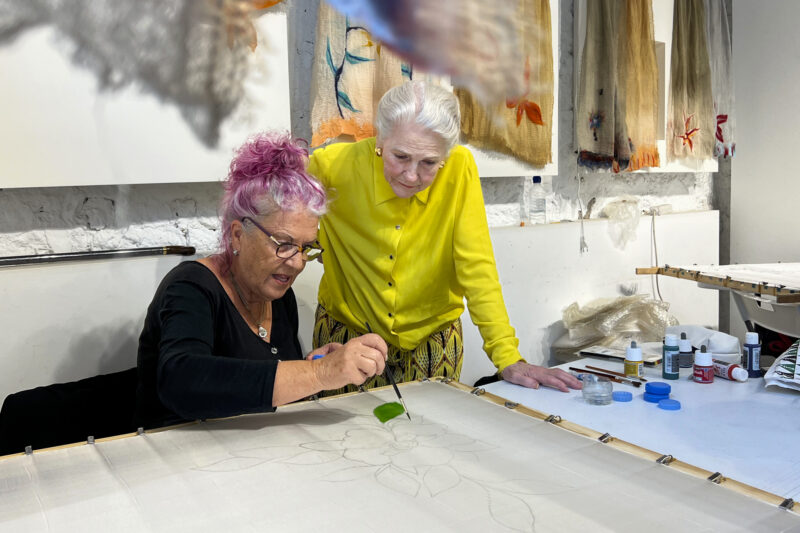
Next to the store is a studio where art classes are held. Here we meet the ladies of the silk painting class. All materials are handmade and only natural pigments are used, explains the teacher. For example, onion skins are used for beige and chili peppers for red. Dyes are also made from insects, flowers and plants.
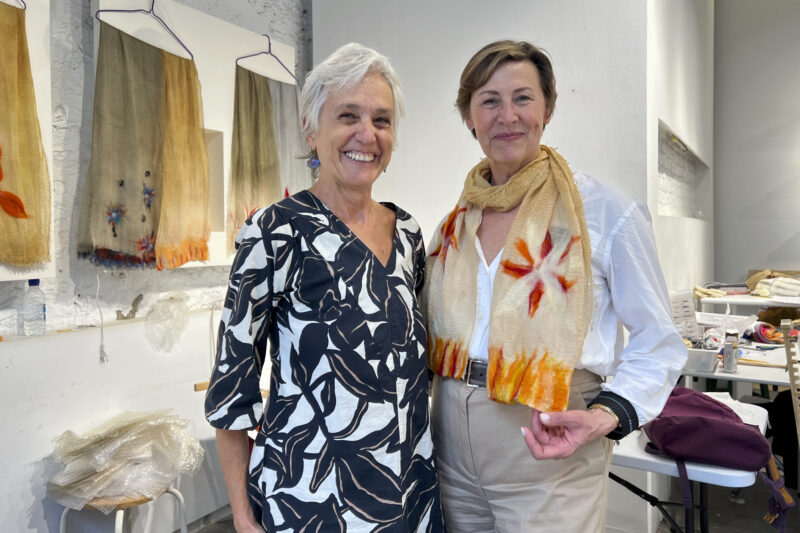
Experience 3: Pepeoil & Salsas
In the south of Gran Canaria, not far from the lively town of Maspalomas, lies the finca of Pepeoil & Salsas. In this private paradise of fruit-bearing plants and trees, pets like Maru the Yellow-crested Cockatoo and, of course, chili peppers, Pepe develops an impressive line of natural salsas and oils.
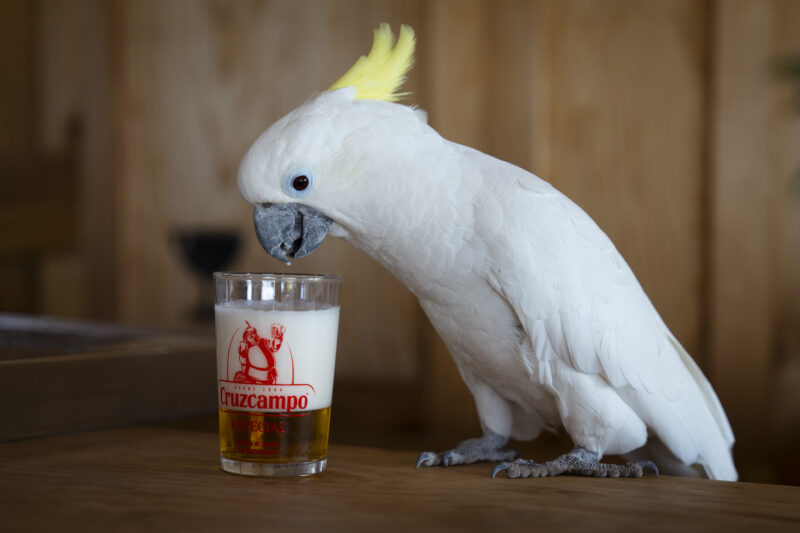
Ecological and organic cultivation
After a warm welcome, Pepe takes us on a tour of the property. We pass banana plants, mango trees and an olive grove. The olives are picked by hand. Some of the olives are preserved in the traditional way and the rest are pressed into oil. We taste young aloe vera flowers, fresh as a young lettuce leaf. We walk past rows and rows of chili peppers, including the Carolina Reaper and the unique and very hot Chocolate Habanero. Pesticides and fertilizers have no place on Pepe's finca. An Indian neem tree keeps pests at bay, and the large goat buck provides a natural source of fertilizer.
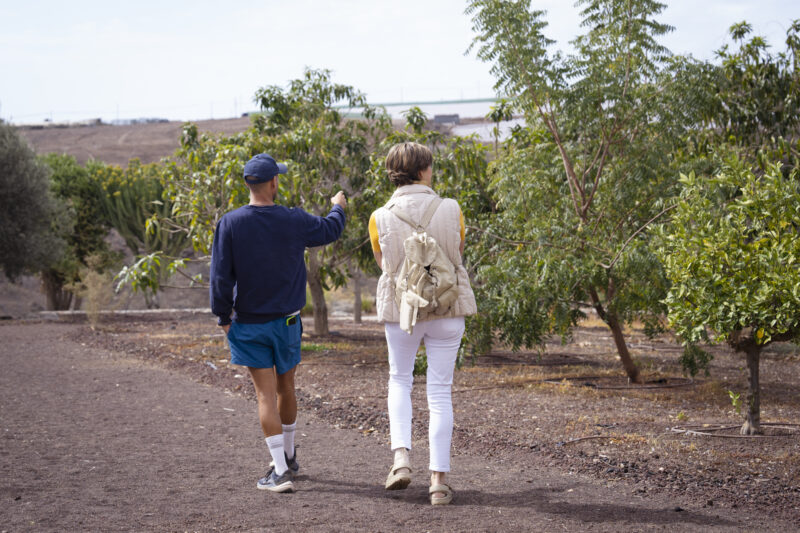
Pepe's motto: pure and natural
Pepe produces hot chili sauces and chili flavored oils. All steps in the production process are done by hand. He uses no preservatives, artificial color enhancers or other additives. Pepe's motto is: pure and natural.
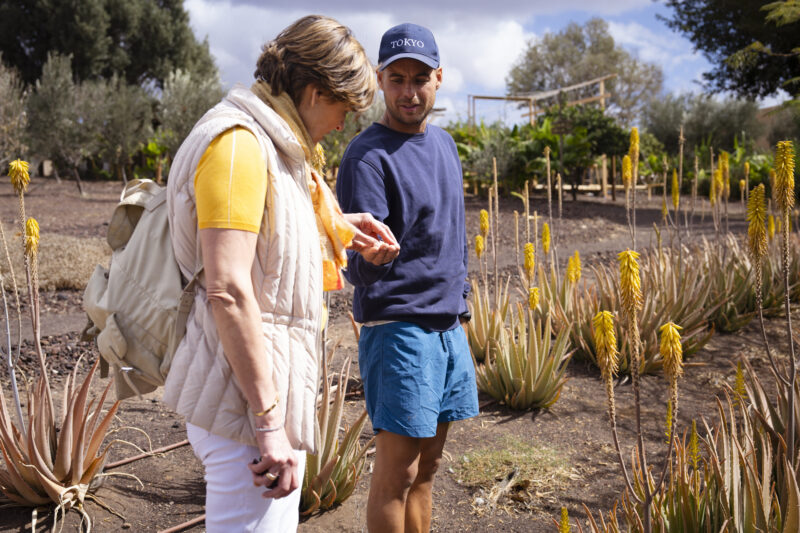
The chili oils are flavored with herbs and spices. El Original, for example, is an extra virgin olive oil with only ghost peppers, the hottest chili peppers in the world. La Tailandesa has the added flavors of peanuts and holy basil. El Chipotle is made with chipotle, the dried version of the jalapeño chili pepper, and is much milder.
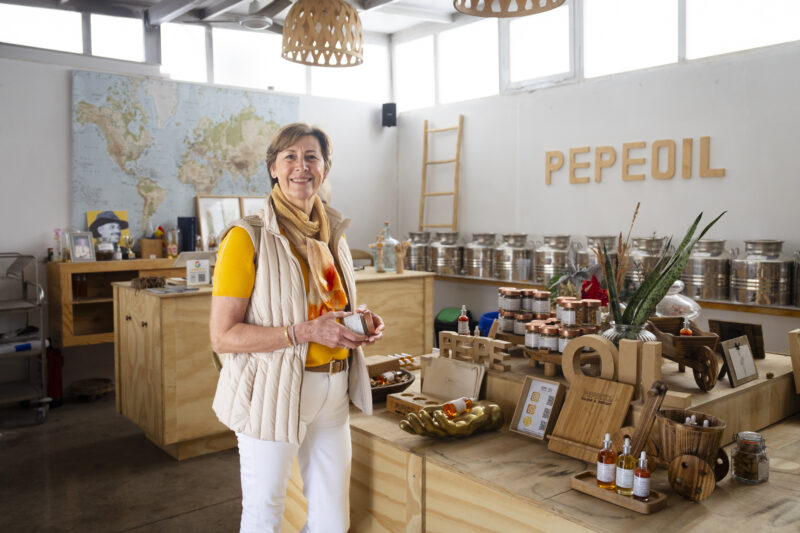
In its salsas, Pepeoil retains the pure flavor of the chili pepper. Fataga is the hot ghost pepper salsa. Tulum is made with red habanero, Yucatán with yellow habanero, and Trinidad Moruga with the dangerously hot scorpion pepper. Each salsa is clearly marked with the Scoville Index (SHU), which measures the heat of the pepper.
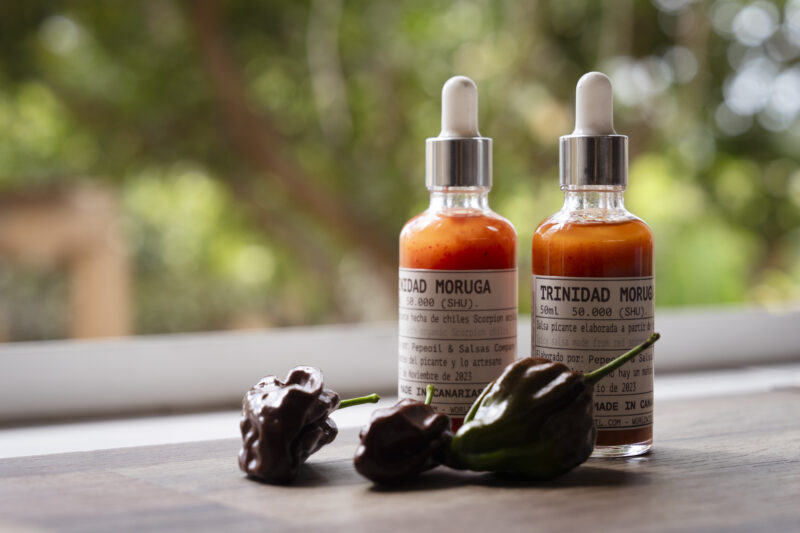
The friendly Pepe invites us for a drink and a snack. We taste his delicious olives and his unique almonds and cashews. They are smoked, salted and then sprinkled with chili pepper.

Experience 4: Mira Ceramica
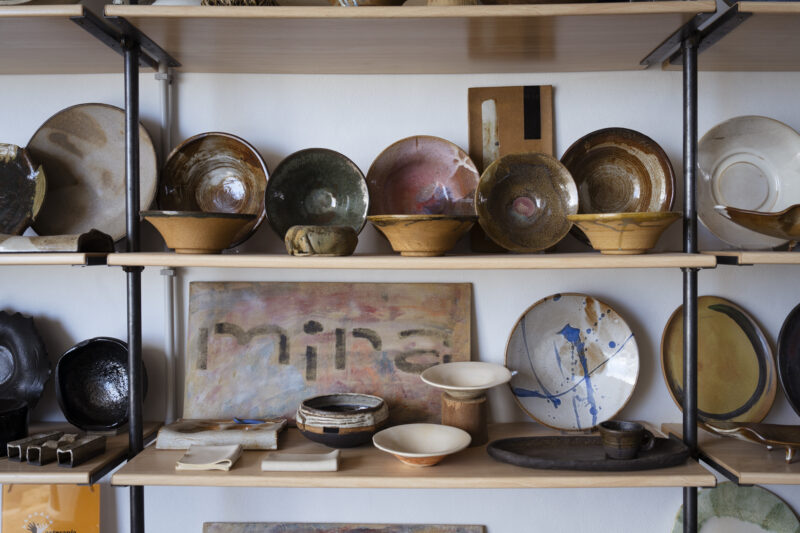
Rocío Torres and Gustavo García make an ideal pair. Ceramics is their life. Each has his own distinctive style. Gustavo works traditionally on the wheel. His work is closely related to the pottery of the indigenous people of the Canary Islands. Rocío is more inspired by Japanese techniques and makes beautiful modern ceramics.
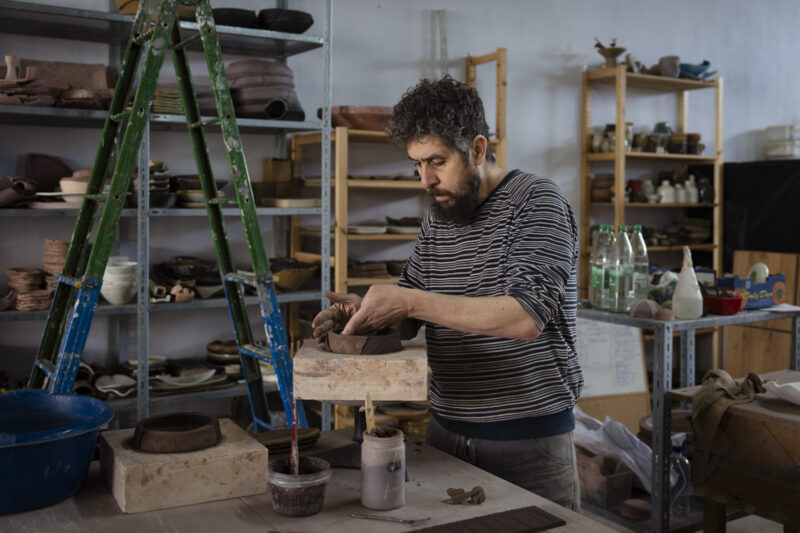
Rocío and Gustavo's ceramics can be found in the best and most beautiful restaurants and hotels in Gran Canaria. They work together with top chefs in the creation of dishes that are in harmony with their cuisine. They also collaborate in archaeological projects with the Cueva Pintada Museum. You can contact them for personalized work.

We visited Rocío and Gustavo in their workshop in the village of Moya, half an hour's drive from Las Palmas. You can see them at work and purchase beautiful pieces to take home.
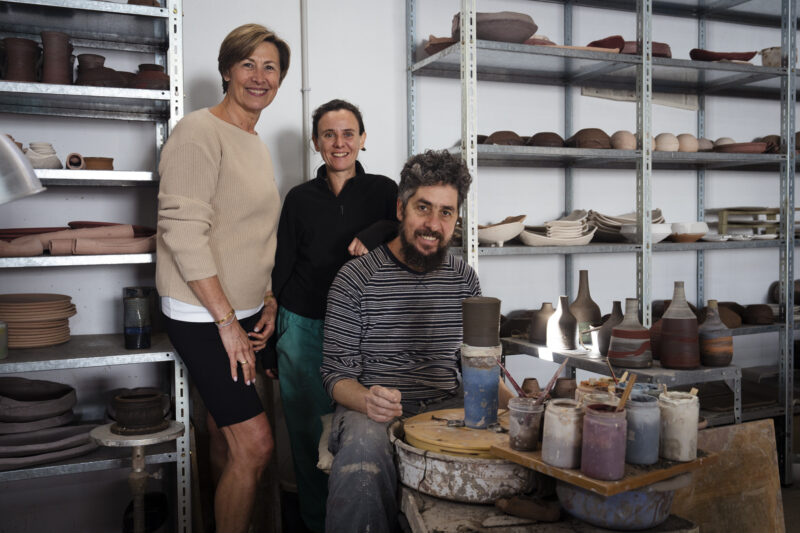
Experience 5: Hacienda La ReKompensa: Canary bananas
A visit to the banana plantation Hacienda La ReKompensa is a must on any trip to Gran Canaria. Ruben and Kathleen bought a run-down plantation in 2019 and transformed it into a successful finca and popular banana museum. During your visit, you'll learn all about bananas: their origins, how bananas are grown, the different varieties, and much more. The tour of the plantation is followed by a tasting of freshly picked bananas, jams and drinks. Canarian bananas are delicious. You can read all about them in the blog.
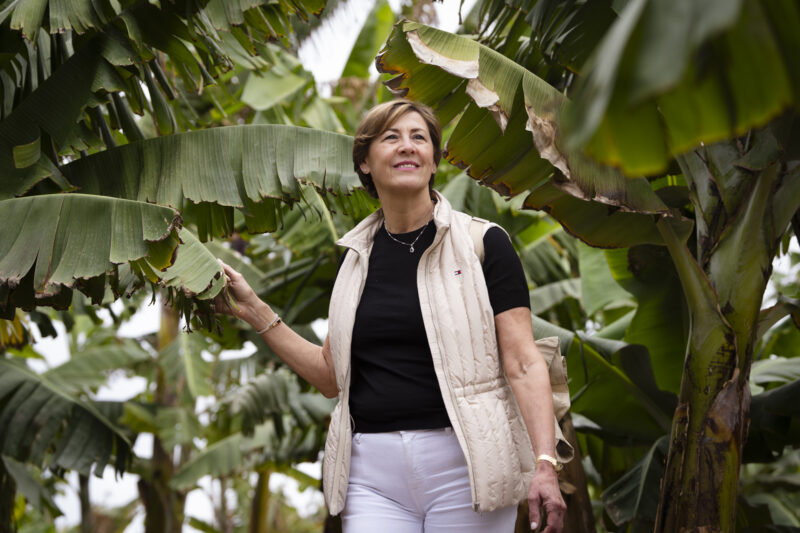
Experience 6: Aloe vera from Finca Canarias
The Aloe Vera plantation of Finca Canarias in Fataga is well worth a visit. In an area of four hectares you will see twenty thousand plants in perfect rows. The leaves are harvested and processed into health and care products for people and pets.
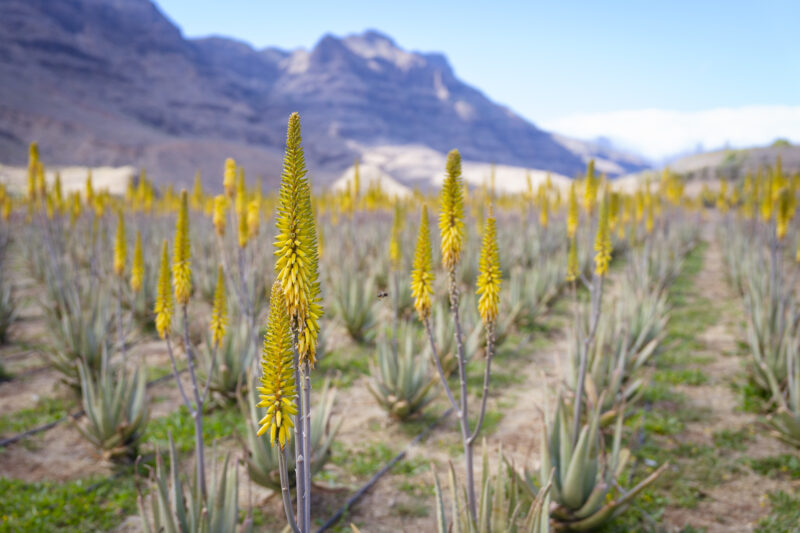
Is it a cactus?
Aloe vera is neither a cactus nor an agave. Aloe vera is a lily and therefore a member of the onion family, just like garlic, leeks and tulips.
Types of aloe vera
Of the 300 species of aloe vera in the world, only 4 are safe for use on the skin. Some species of aloe are poisonous. They can be fatal or paralyzing.
What is aloe vera gel?
Aloe vera gel is found in the leaves of the plant. It is the juice that flows from the translucent pulp inside the leaf. Pure aloe gel can be recognized by its distinctive seaweed-like odor.
Aloe vera is medicinal
The medicinal properties of aloe vera have been known for thousands of years. Aloe works well on skin problems such as sunburn, psoriasis, acne, scars and wounds. Aloe is also an effective remedy for dandruff and hair loss. Aloe detoxifies, deacidifies and deworms the body. It also has a laxative effect.
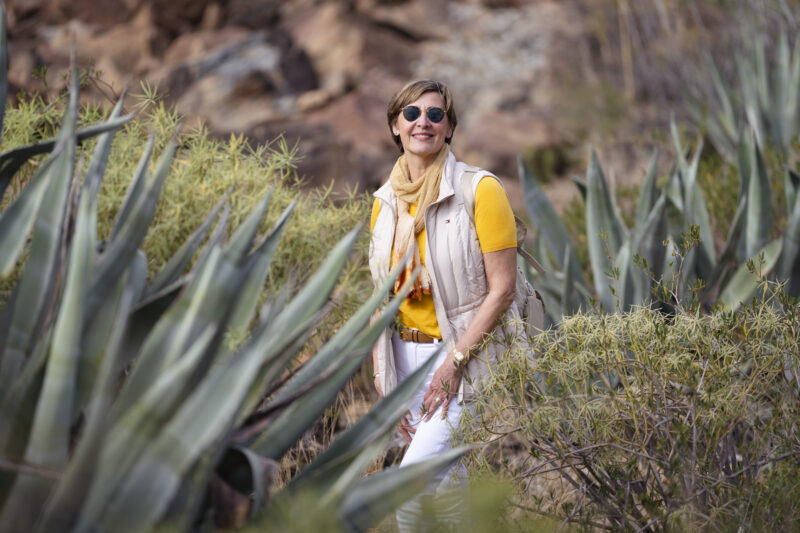
The products of Finca Canarias
Finca Canarias products are made with organically grown Aloe Vera. The leaves are cold pressed to preserve the quality and medicinal properties of the gel. The products are not tested on animals and do not contain parabens or alcohol.
In the Finca Canarias store you will find pure aloe gel as well as soaps, creams and serums for the skin that contain 50 to 70 percent aloe. In addition to products for hair, body and face, there are also products for caring for your pets.
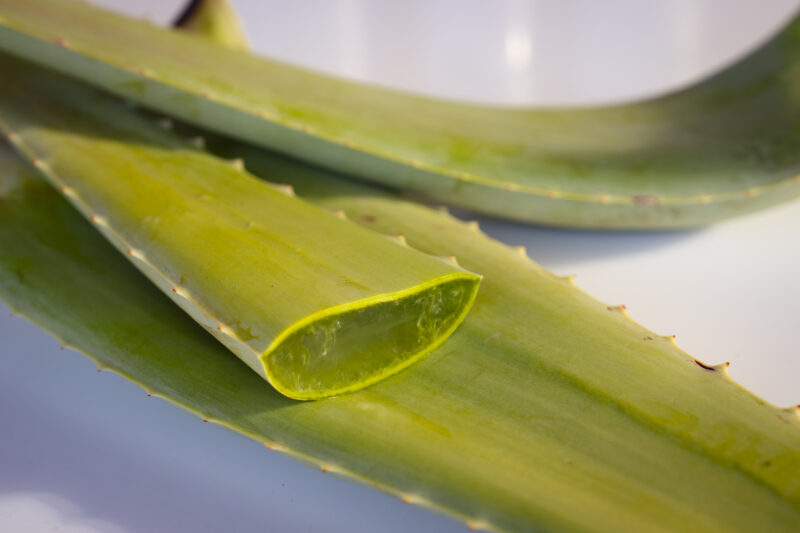
Experience 7: Arehucas rum
Outside the center of the pretty town of Arucas lies Arehucas, the only rum distillery in the Canary Islands.
How it all began
In the 19th century, sugar cane processing was the main economic activity in Gran Canaria. The La Fábrica sugar factory opened in 1884 and soon began producing rum and other distillates in addition to cane sugar. La Fábrica produced rum in an artisanal way, while using modern boilers. The rum was a great success. La Fábrica won several trophies and became a supplier to the Spanish court. Under the leadership of Alfredo Martin Reyes, the Ron Arehucas Denomination of Origin was created, and the distillery was named Arehucas.
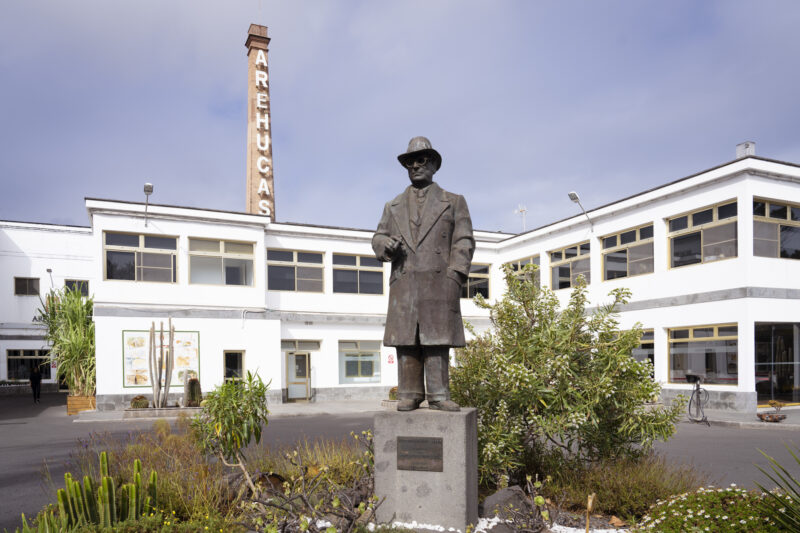
Arehucas rum, an artisanal product
The sugarcane used to make Arehucas rum is still harvested in the traditional way with machetes. The techniques used to turn sugarcane into rum have not changed since the 19th century.
During the harvest months of April and May, you can see the distillery running at full capacity. Arehucas uses almost exclusively renewable energy.
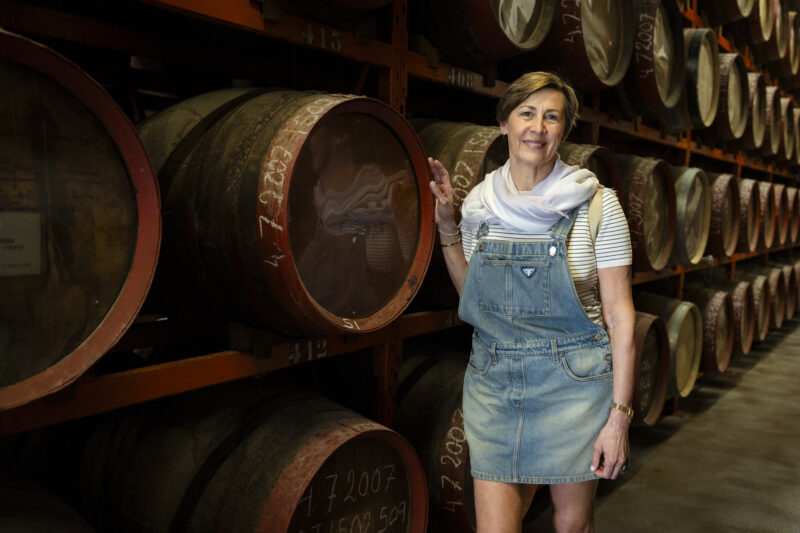
The Arehus range of rums and liqueurs
The Arehucas distillery produces 9 types of rum and 11 liqueurs. You can taste most of them after visiting the distillery.
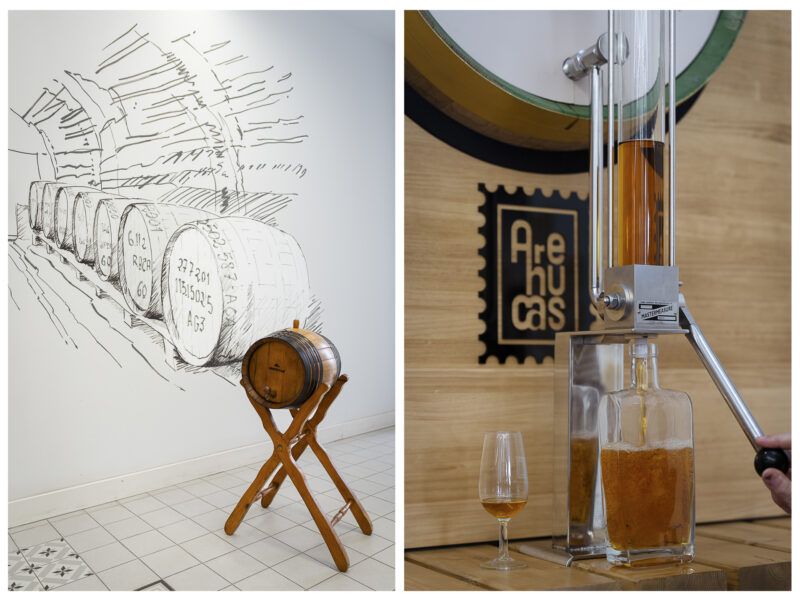
The best seller is the Ron Oro, a versatile brown rum with a light aroma. For connoisseurs, there are the 12 and 18 year old rums. These special distillates are aged in wooden barrels and have more elegant and complex flavors. The flagship is the Captain Kidd, a rum aged for 20 years in oak barrels.
Experience 8: Bodega Los Berrazales
Bodega Los Berrazales is proud to be the only coffee plantation in Europe. The owners have been growing and roasting coffee here for over a hundred years. Planted with Arabica coffee plants from Ethiopia, the plantation covers an area of 12 hectares. Mangoes, oranges and avocados grow among the coffee plants.
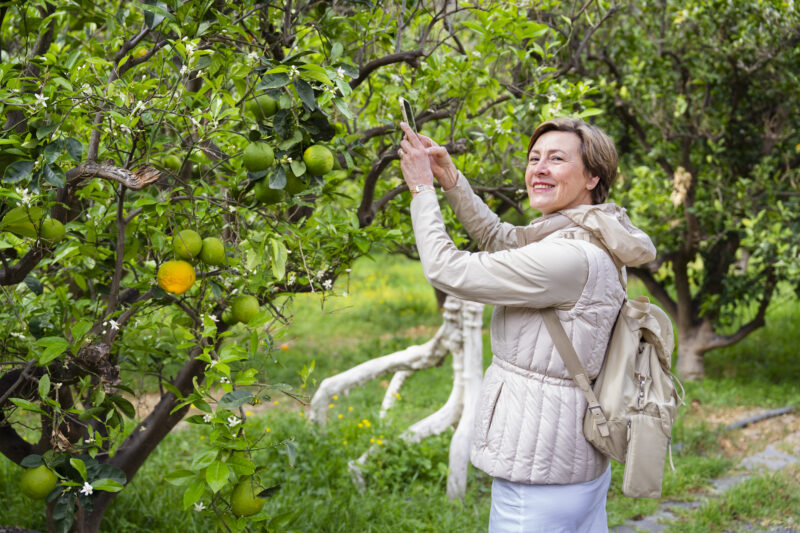
A unique microclimate
The plantation is located in the Agaete Valley, one of the 25 valleys in the world with exceptional climatic conditions. The valley is enclosed by Mount Tamadaba, where winds blow from both the south and north. The humid air from the sea collides with the mountain walls, creating horizontal rain. The moisture falls on the volcanic rock and flows down, laden with minerals such as magnesium, sulfur and iron.
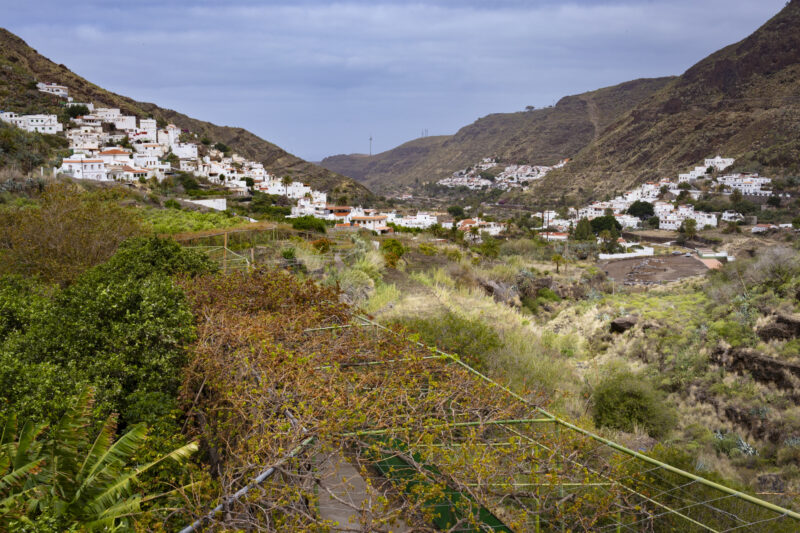
From coffee cherry to coffee bean
The coffee plants produce around 7 kilograms of ripe red coffee cherries per shrub. After picking, the cherries are dried in the sun on open racks for 25 to 40 days. The cherries lose all their moisture. The skin turns from red to dark brown and shrivels. The dried pulp is removed and what remains is the green seed. The green seeds are odorless and require roasting to turn them into coffee beans.
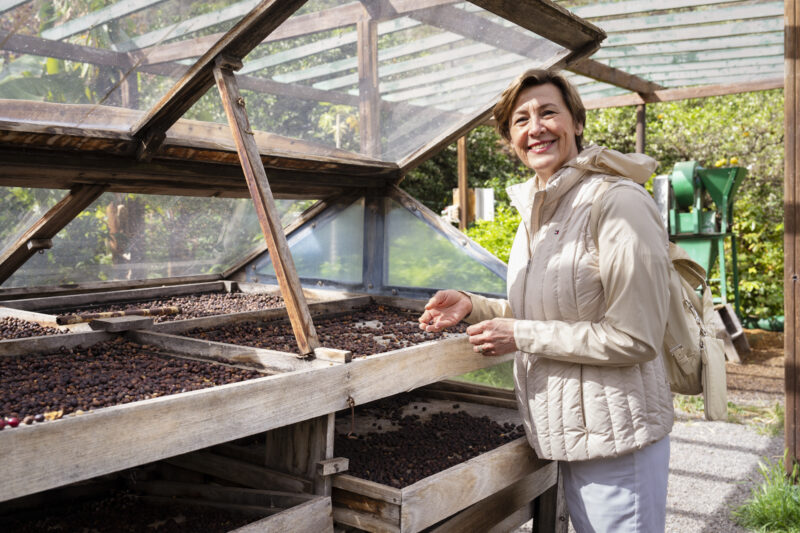
The Bodega Los Berrazales prefers a medium roasted coffee with a mild taste and no bitterness. After the tour you can taste the coffee with a delicious piece of pastry.
